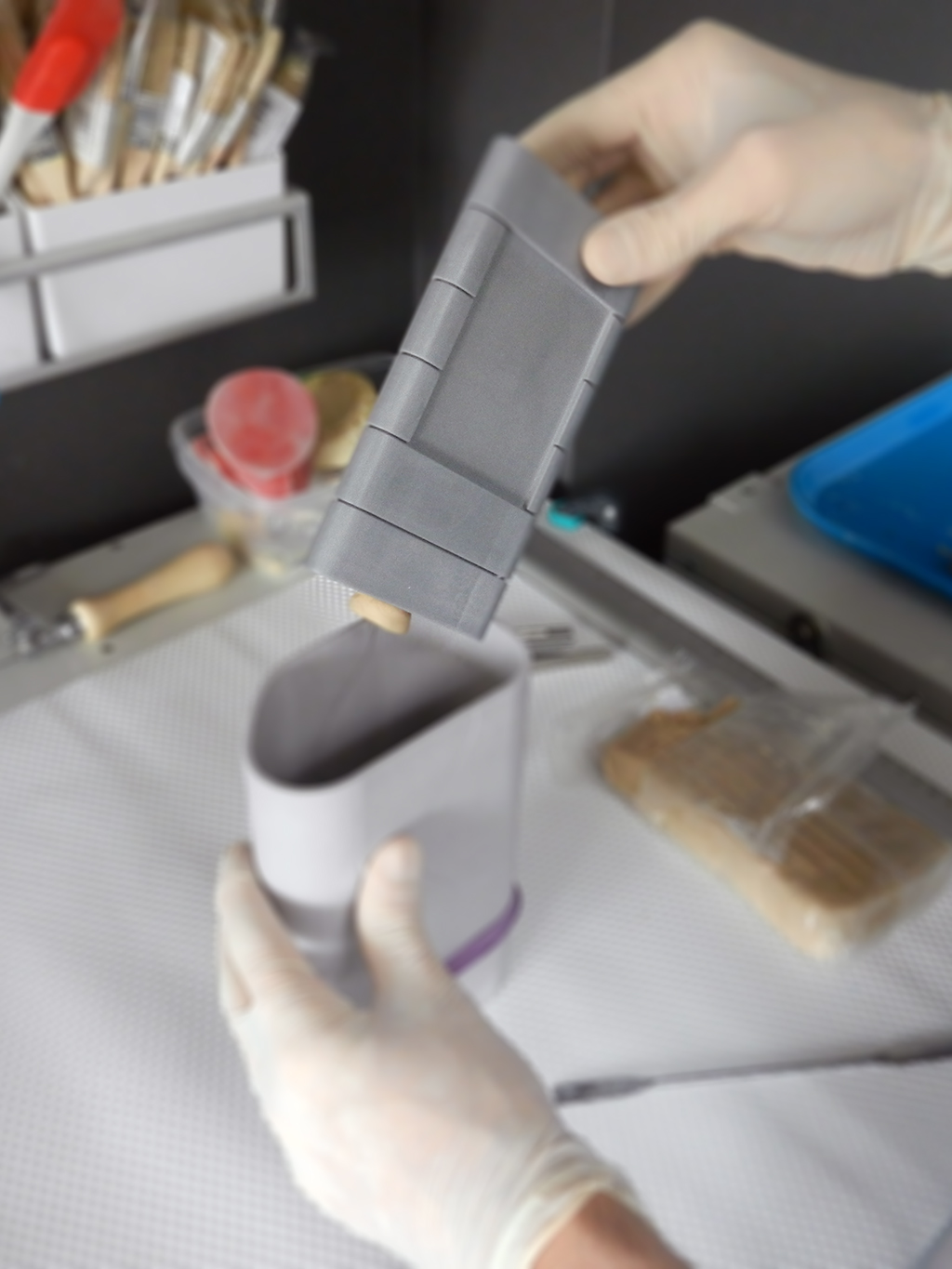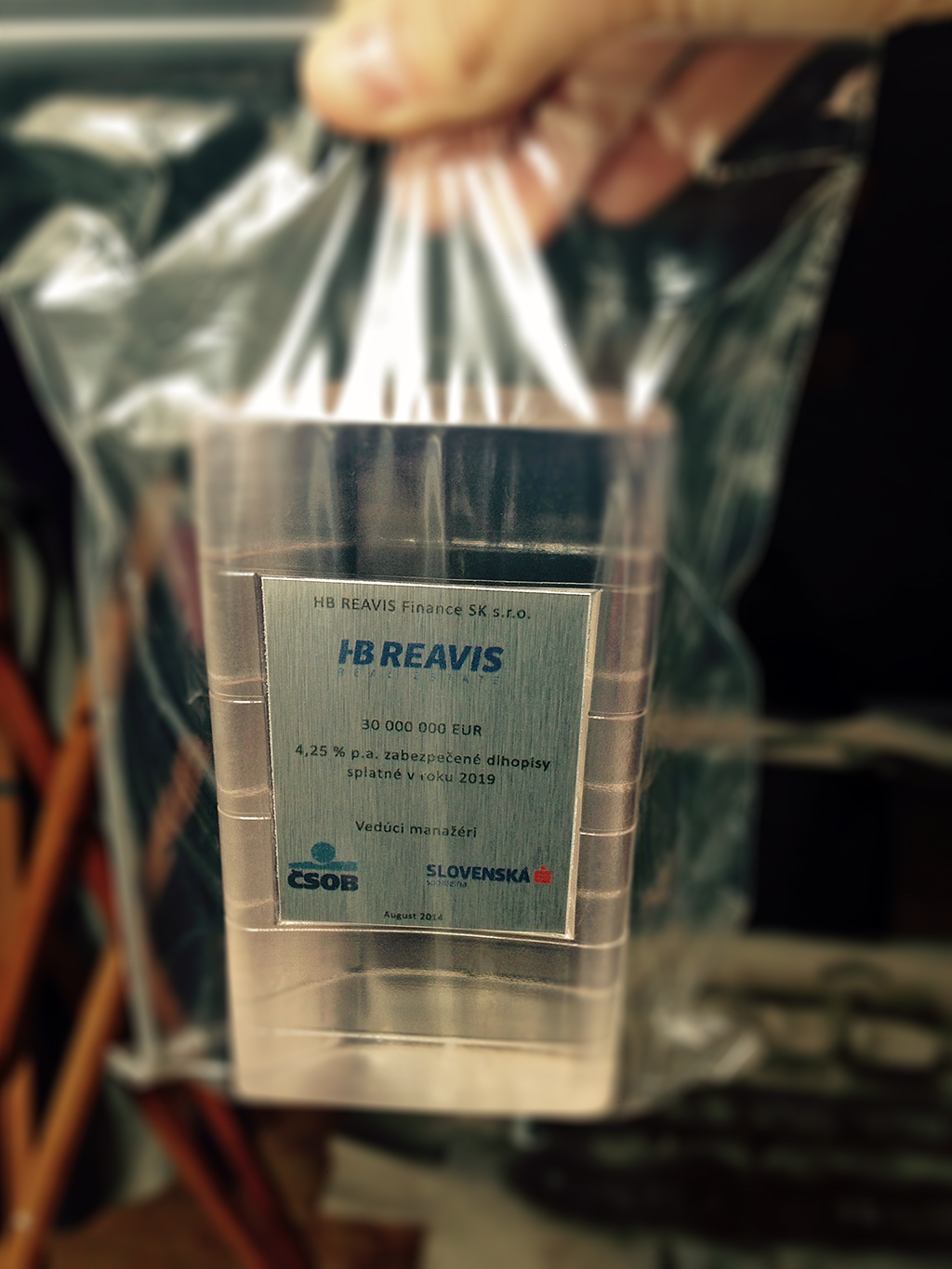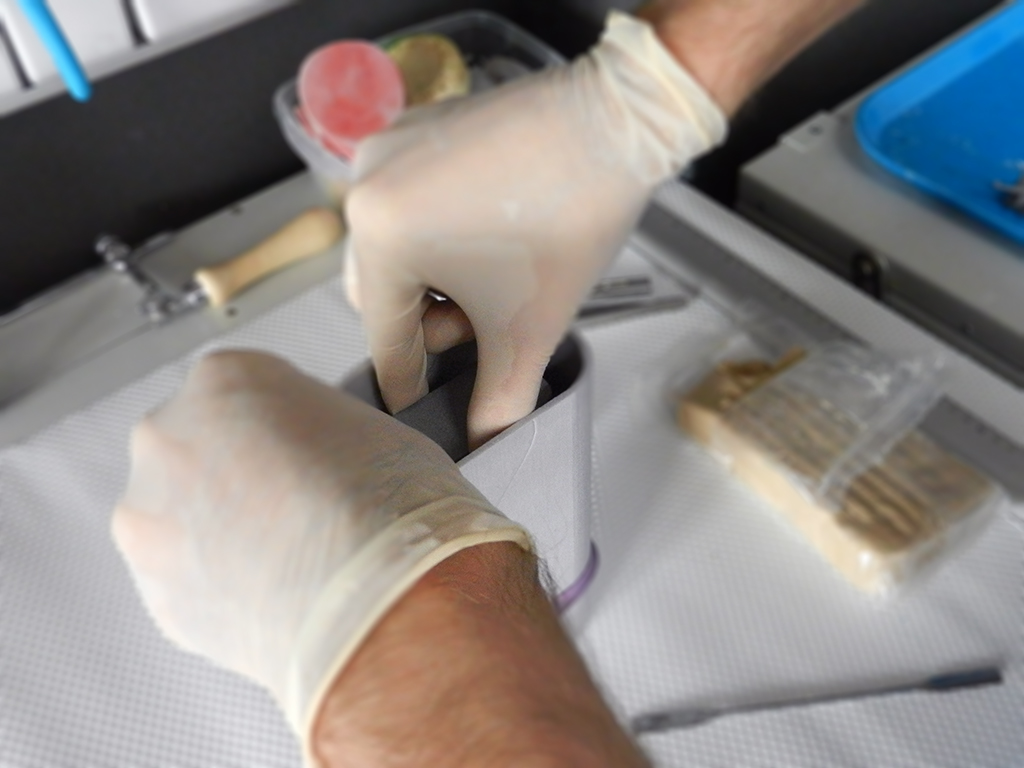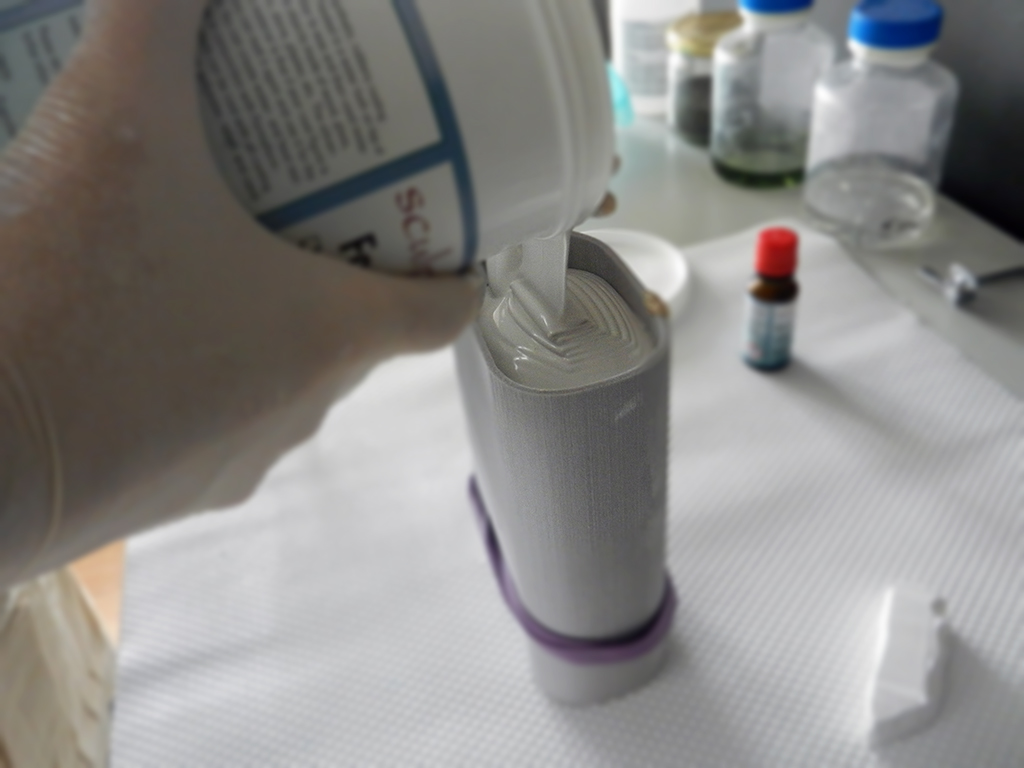3D printing is a very beneficial technology itself, however, like any other, it is not the only and neither always the best way of producing goods. Sometimes we meet an obstacle that the materials commonly used for 3D printing don’t offer the same characteristics as the materials used by another technology, or the production purely by 3D printing overcharges the product. Fortunately, for every situation there is a solution. One such solution is the technology of molding and casting and just about that we would like to say a few words…
MOLDING AND CASTING
Most likely you have already heard about the molding and casting technology. Basically, it is a process of casting a selected material in a liquid form (plastic, glass, metal, silicone, resin, rubber, etc…) into a mold prepared in advance (plastic, glass, metal, silicone, rubber, resin, plaster or even clay, etc…). The following solidifying of the material results in the final product, or its part. Molding and casting is in most cases both financially and time-advantageous technology as far as the mass production is concerned.
THE USE OF 3D PRINTING IN MOLDING AND CASTING
3D printing can usually be a costly method of quantitative production, but only if it is the only used method. Combined with molding and casting, 3D printing can tremendously save time and money – particularly when producing the form. It is very easy and fast to 3D print the form and depending on the material it may be used for casting several times. The form may be printed negative or positive.
1. NEGATIVE FORM
In the case of a negative form, the 3D printed object has an inverse shape to the desired final product. Therefore it can be used directly as a mold for subsequent casting the final product.
2. POSITIVE FORM
In the case of a positive form, the 3D printed object has identical shape to the future casting (desired final product) and is simply used to create the mold of silicone or other material. There is more technologies to do that, depending on the materials and the required results. For example, the molding material in liquid form can be poured over the 3D printed object and left to solidify. When solidified, the 3D printed object has to be removed. The cast is subsequently poured into the hollow cavity of the mold. This process results in the final product as in the first case.
Both cases are financially and time-effective solutions of the situation. Furthermore, the fact that 3D printing technology can produce objects in really complicated and complex shapes, brings new dimensions and possibilities for the molding and casting technology itself.


Clients: Slovenská sporiteľňa, a. s. | Československá obchodná banka a.s. | HB Reavis Slovakia a.s.



